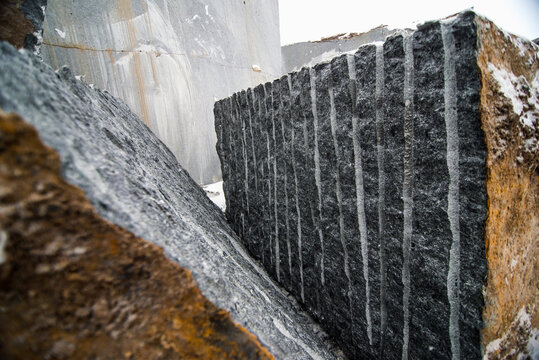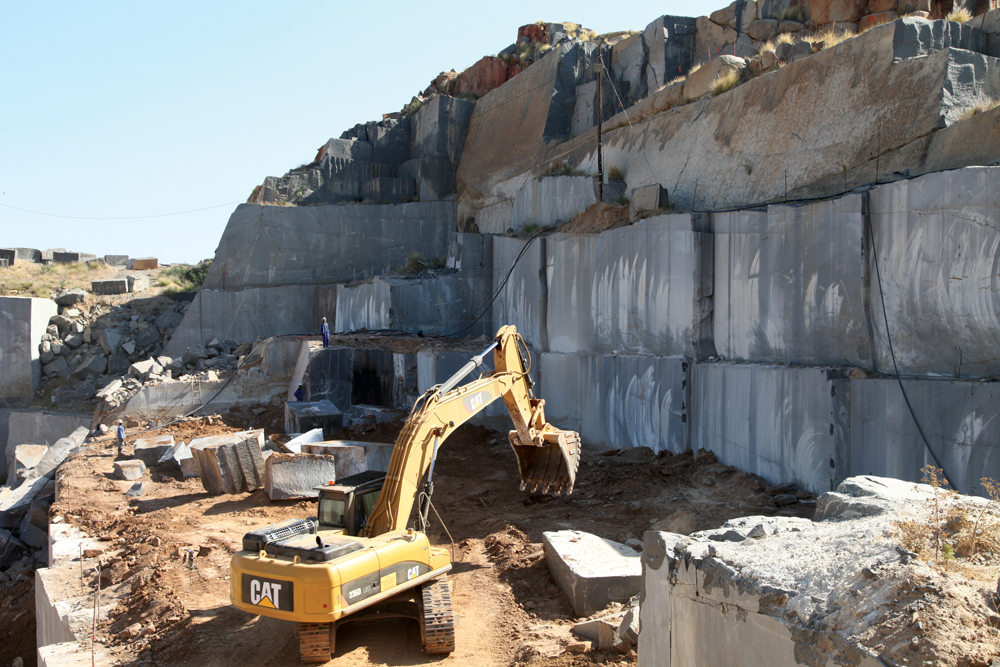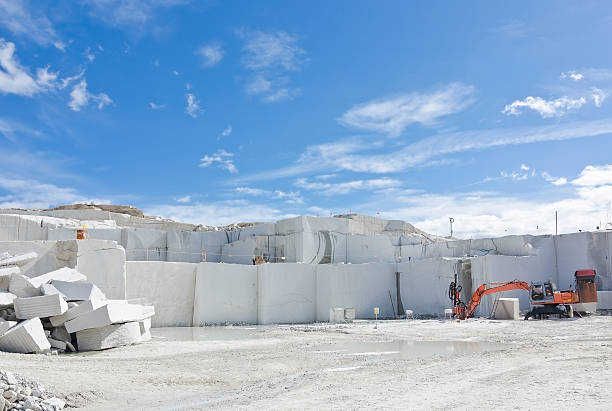Introducing Granite Quarries in South Africa Heritage: A Trip Via Quarries
Introducing Granite Quarries in South Africa Heritage: A Trip Via Quarries
Blog Article
Discovering the Rich History and Lasting Practices of Granite Quarrying
As we base on the precipice of uncovering the intricate tapestry of granite quarrying, a trip via time discloses not simply the physical act of extracting rock but additionally the cultural and historical significance woven into the very textile of this technique. From the old origins that laid the foundation for contemporary quarrying methods to the sustainable techniques that are shaping the future of this sector, each sculpt mark on granite surface areas narrates waiting to be unearthed (granite quarries in south africa). The legacy of granite quarrying stretches much past plain removal; it is a testament to human resourcefulness, durability, and the enduring allure of this majestic rock
Ancient Origins of Granite Quarrying
Going back to ancient worlds, the technique of quarrying granite has actually been an important component of human history and building improvement. The earliest proof of granite quarrying days back to old Egypt, where enormous pyramids and detailed sculptures were crafted from this long lasting stone. The Egyptians made use of primitive tools to extract granite blocks from quarries, showcasing the value of this product in their huge buildings.
Moving on in history, the Greeks likewise made significant payments to the quarrying of granite. The Greeks used granite in numerous architectural wonders, such as holy places and statuaries, showing their ability in shaping and sculpting this hardy stone. The Romans even more refined the techniques of quarrying granite, using sophisticated devices like chisels and hammers to extract and shape granite for their famous structures.
Through the centuries, the practice of quarrying granite has actually developed, with modern-day technologies improving efficiency while keeping the timeless charm of this all-natural stone - granite quarries in south africa. From ancient civilizations to modern building contractors, the heritage of granite quarrying continues to form our globe
Development of Quarrying Methods
The development of quarrying methods has been marked by a continual development in the direction of higher effectiveness and accuracy in extracting granite. From the rudimentary approaches employed by our forefathers to the advanced technologies utilized in modern quarrying operations, the industry has actually undertaken significant improvements. Early quarrying strategies entailed manual labor with standard tools such as knives, hammers, and wedges to extract granite blocks from the planet. As worlds proceeded, methods like fire-setting and primitive explosives were introduced to facilitate the extraction process.
In more current times, the introduction of equipment revolutionized the quarrying market, allowing faster extraction prices and boosted productivity. Technologies such as diamond cord saws, high-pressure water jets, and pneumatically-driven drills have come to be common in modern quarries, permitting for precise cutting and decreased waste. In addition, advancements in computer-controlled devices and 3D modeling have actually enhanced quarrying operations, leading to marginal ecological impact and improved sustainability practices. As the demand for granite remains to increase, the evolution of quarrying strategies stays integral to meeting sector needs effectively and sustainably.
Cultural Importance of Granite
Granite holds an extensive cultural value across numerous civilizations because of its long-lasting visibility in architectural masterpieces and prized monuments. From the magnificent pyramids of Egypt to the complex makings of the Angkor Wat holy place in Cambodia, granite has actually been a product of selection for expressing splendour and durability in cultural heritage. In old Rome, granite columns adorned temples and public structures, representing toughness and permanence. The social relevance of granite extends past its physical features; it embodies resilience, stability, and timelessness, making it a sign of sustaining heritages and traditions.

Sustainable Practices in Quarrying
Amidst the rich history of granite quarrying and its social value exists a growing emphasis on sustainable practices within the industry. As environmental understanding and concerns concerning resource deficiency have heightened globally, the quarrying industry has actually significantly embraced sustainable techniques to lessen its influence on the setting and surrounding areas.

Furthermore, reclamation and rehabilitation of quarry sites post-extraction are integral to sustainable techniques. By recovering quarried locations to an all-natural or valuable state, such look at this now as developing wild animals environments or leisure spaces, quarriers can offset the environmental footprint of their operations and contribute favorably to the local community.
Legacy of Granite Quarrying
With a historical background steeped in craftsmanship and industrial progression, what withstanding effect has granite quarrying left on the landscape of modern society? The heritage of granite quarrying transcends simple removal techniques; it has shaped architectural wonders, city landscapes, and cultural heritage worldwide. The resilient nature of granite has actually made it a recommended option for monoliths, buildings, and facilities, standing as a testimony to the skill and artistry of quarry workers throughout generations.
Moreover, the financial footprint of granite quarrying can not be ignored. The sector continues to provide job opportunity and drive regional economic situations in areas where granite removal is prevalent. It has actually likewise stimulated technical improvements in quarrying methods and tools, leading to much more effective and lasting techniques.
In regards to sustainability, the tradition of granite quarrying consists of initiatives to alleviate ecological impacts with recovery projects and accountable source management. By balancing economic passions with ecological stewardship, the sector aims to ensure that future generations can continue to profit from this long-lasting all-natural resource.
Conclusion

Report this page